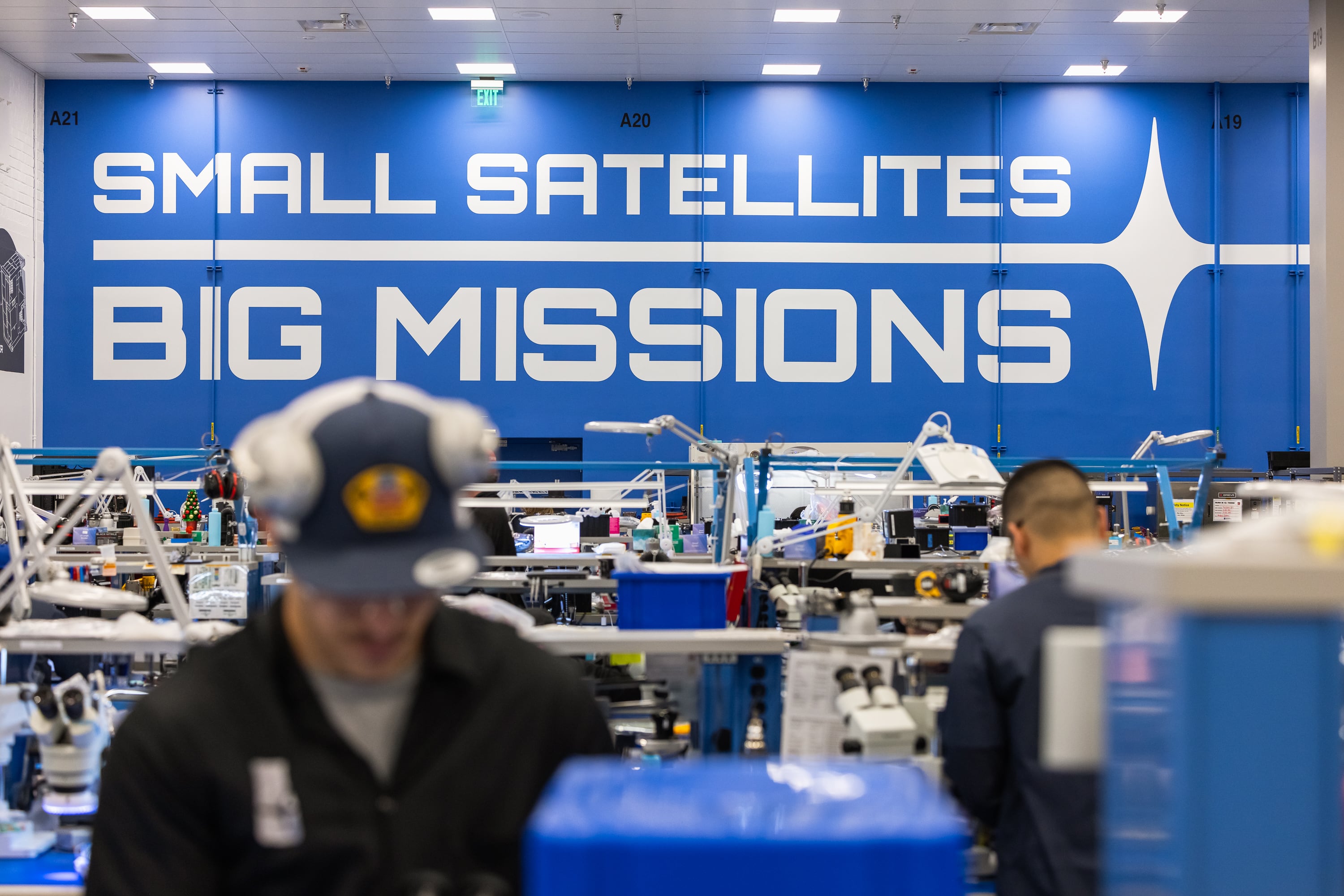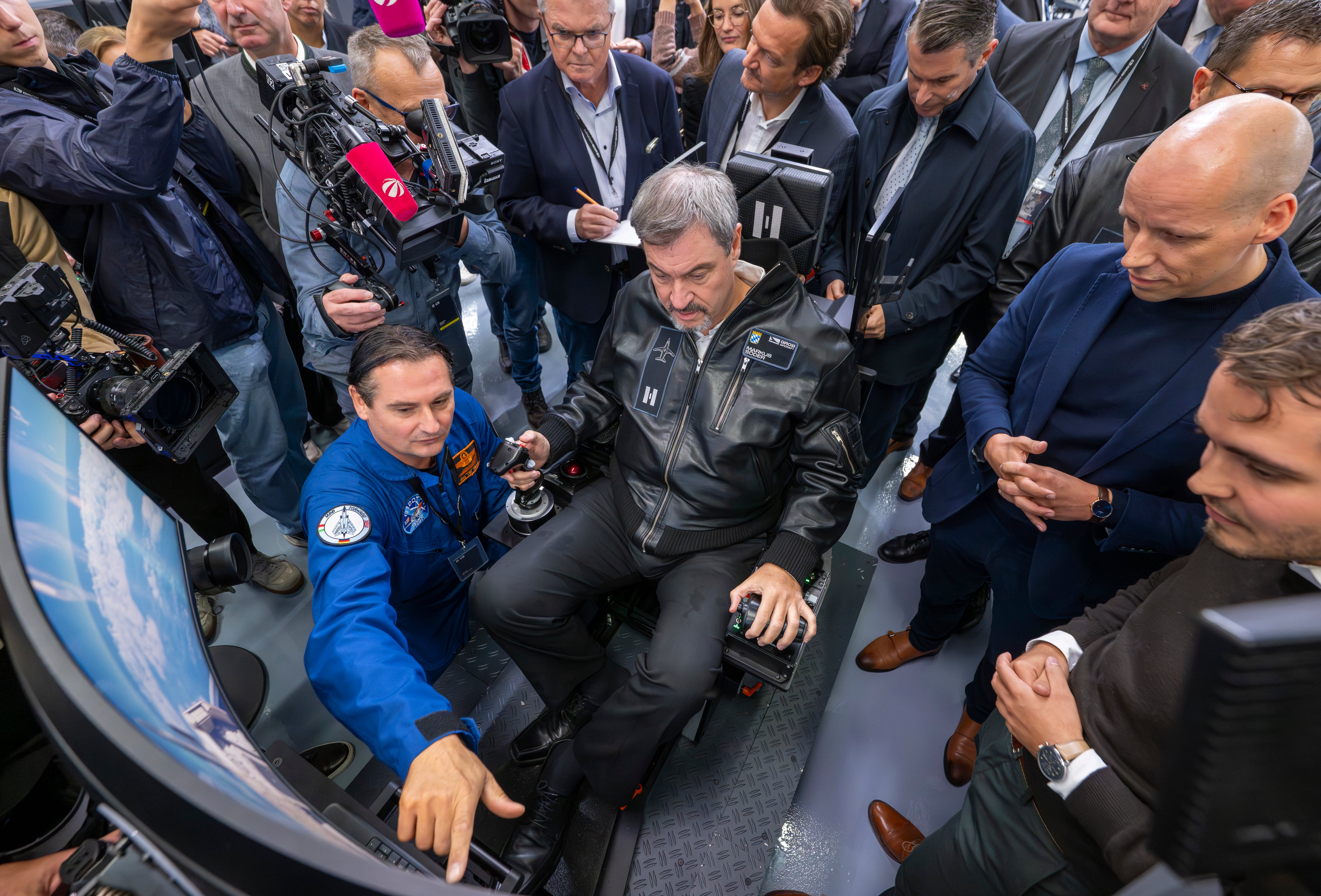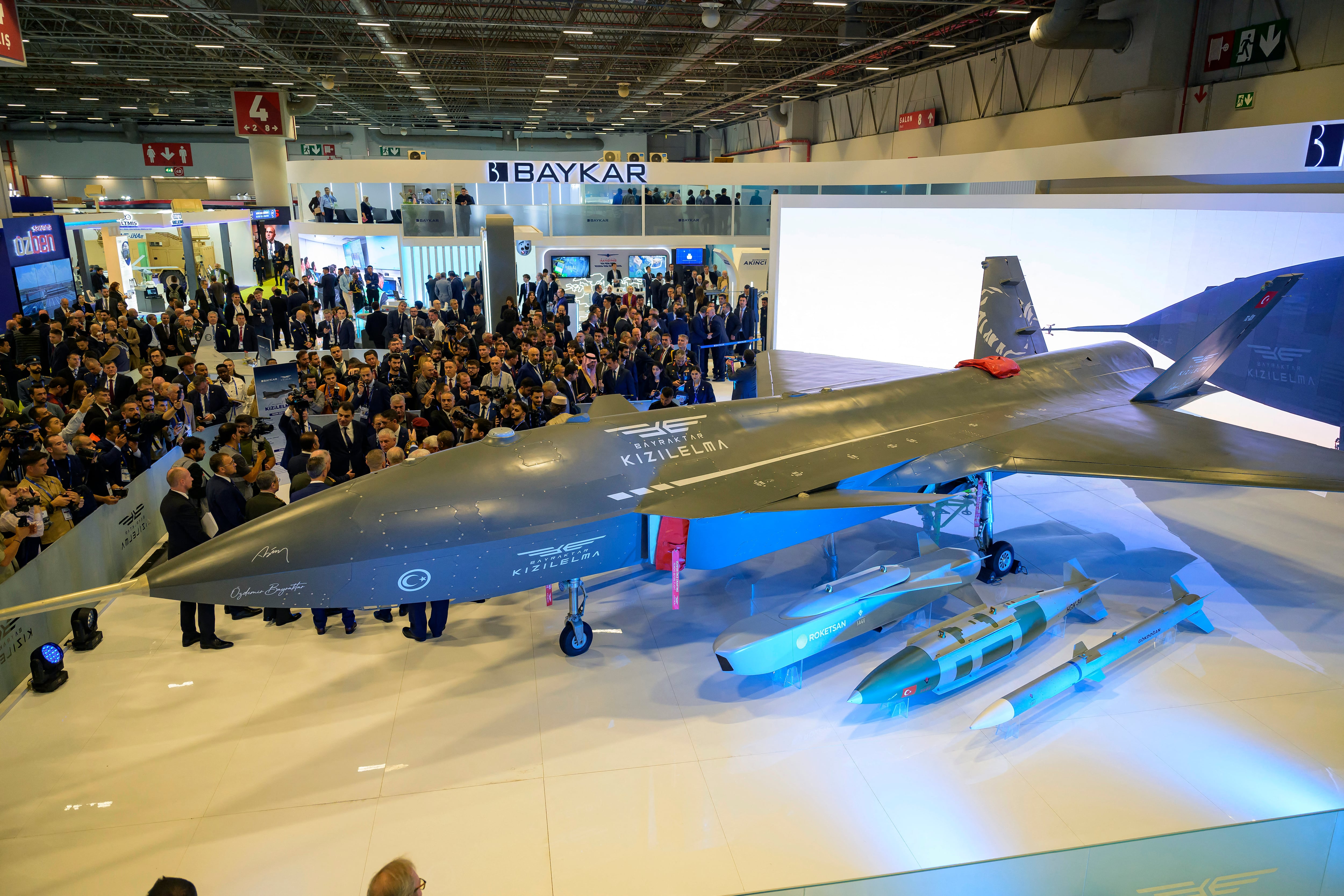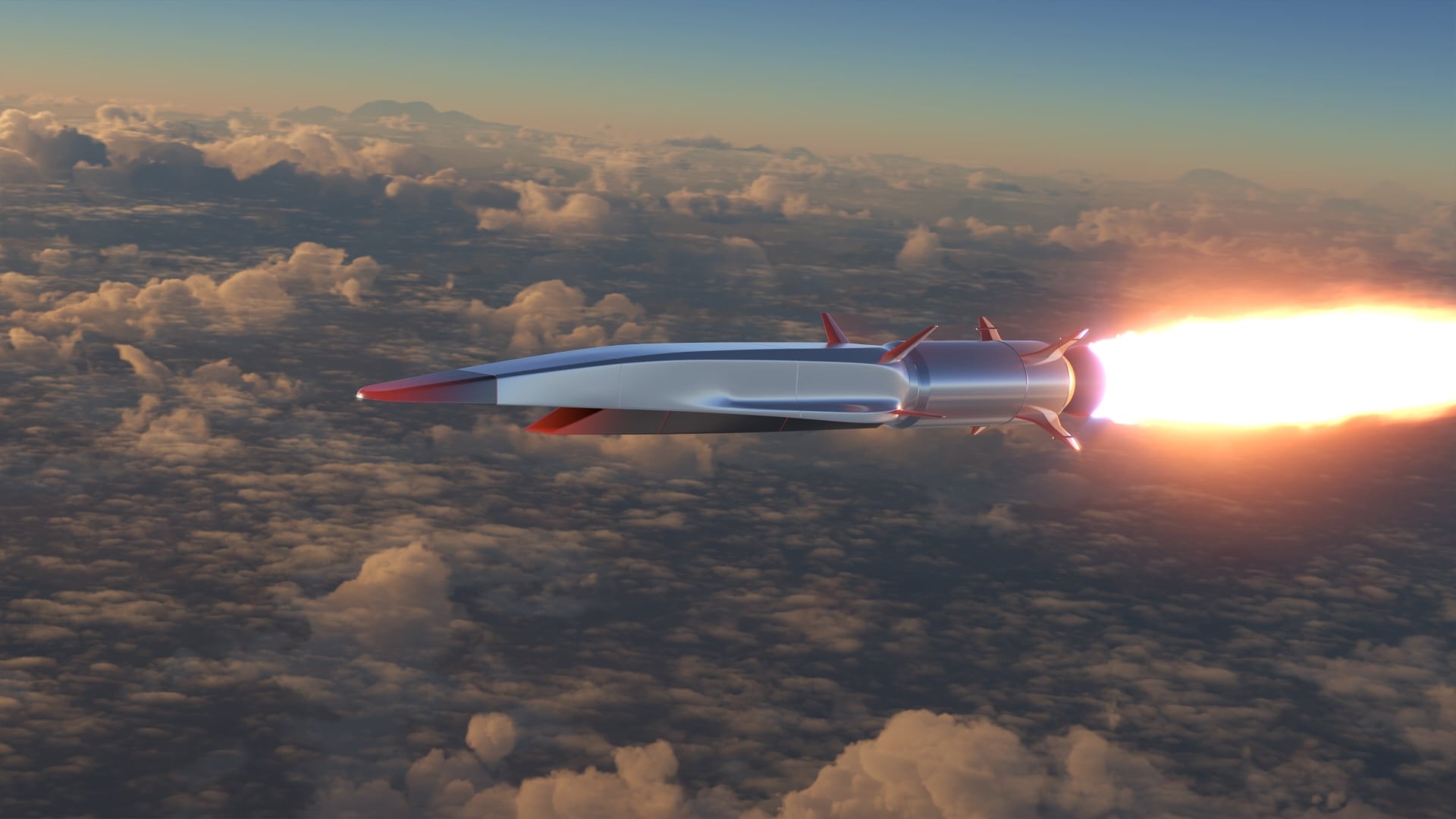Millennium Space Systems is on track to double its small satellite production next year, and as it prepares for growth, the firm is looking for ways to balance manufacturing capacity and expansion with efficiency.
CEO Tony Gingiss, who’s been in the role since last December, told Defense News that much of his initial focus has been on managing the firm’s growth.
The company, which was founded in 2001 and acquired by Boeing in 2018, has delivered 14 commercial and government satellites to orbit. It’s now positioned to produce about that same number of spacecraft this year alone and expects to double its deliveries next year, Gingiss said in a recent interview.
The firm also has around 70 or 80 vehicles in its backlog to deliver over the next four years.
“Really, my focus is on the team, the infrastructure, the processes that we have, the tools that we have ... to be able to meet that demand,” he said. “And that’s a commitment to today, but also to continue to fill the pipe with new customers and new business because there’s clearly a lot of exciting things going on in the industry that we want to be prepared to continue to respond to and win work to keep filling our pipe.”
Millennium is a key provider for several Space Force programs, including 12 satellites for Space Systems Command’s Missile Track Custody program and eight vehicles for the Space Development Agency’s Foo Fighter effort — both programs focused on space-based missile warning and tracking.
For both programs, the company is scheduled to deliver initial satellites in fiscal 2027.
To accommodate those spacecraft and other Defense Department and NASA programs, the company is focused on two levers that Gingiss said are key to scaling capabilities: efficiency and capacity.
On the efficiency front, the firm and its parent company Boeing have been working to introduce more automation and build in commonality between product lines that allow for more capacity and output without a larger footprint.
The company is also streamlining processes so that its various operations — from manufacturing to analysis — take less time to conduct.
While those approaches helped make room for more work, the Foo Fighter contract Millennium received last year required further expansion to its vehicle integration capabilities. Rather than build a new facility, the company announced in April it would use 18,000 square feet of existing space adjacent to its current small site factory that resides within Boeing’s facility in El Segundo, California. That amounts to about a 30% increase to Millennium’s overall manufacturing footprint and will come online later this year.
“When you turn both of those knobs of efficiency and capacity simultaneously, ultimately what you do is increase capacity, but you decrease the dollar per capacity unit that you’re spending because you’re getting more value with every hour spent,” Gingiss said.
As Gingiss and his team prepare for that planned growth, there’s also the possibility for unplanned production increases — especially as DOD pursues programs like Golden Dome and invests in tactically responsive space capabilities that could require significant production ramp-ups or requests for additional satellites on short notice.
Millennium has some additionally capacity built into its inventory to meet “unforecasted demand” for certain parts that are common across its product lines, Gingiss said. While those don’t equate to a full vehicle, they provide a baseline level of responsiveness to customer needs.
At the vehicle level, Gingiss said the company works closely with its customer — in this case SDA or SSC — to understand where they might want flexibility to buy more of a particular vehicle or what future capabilities or variants they might want.
“I think a lot of that is really staying in lockstep with the customer on what their strategy is and getting that clear demand signal from them about what would those demands look like,” he said.
Courtney Albon is C4ISRNET’s space and emerging technology reporter. She has covered the U.S. military since 2012, with a focus on the Air Force and Space Force. She has reported on some of the Defense Department’s most significant acquisition, budget and policy challenges.








